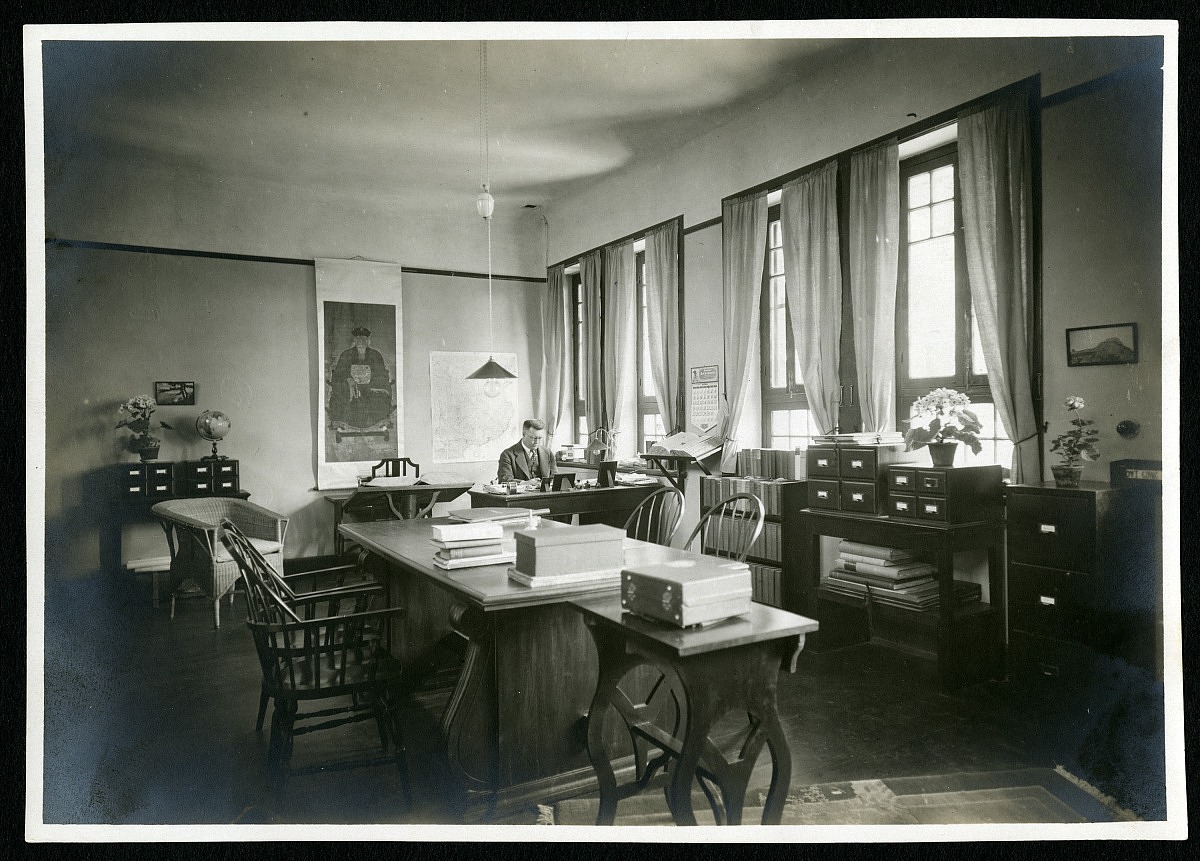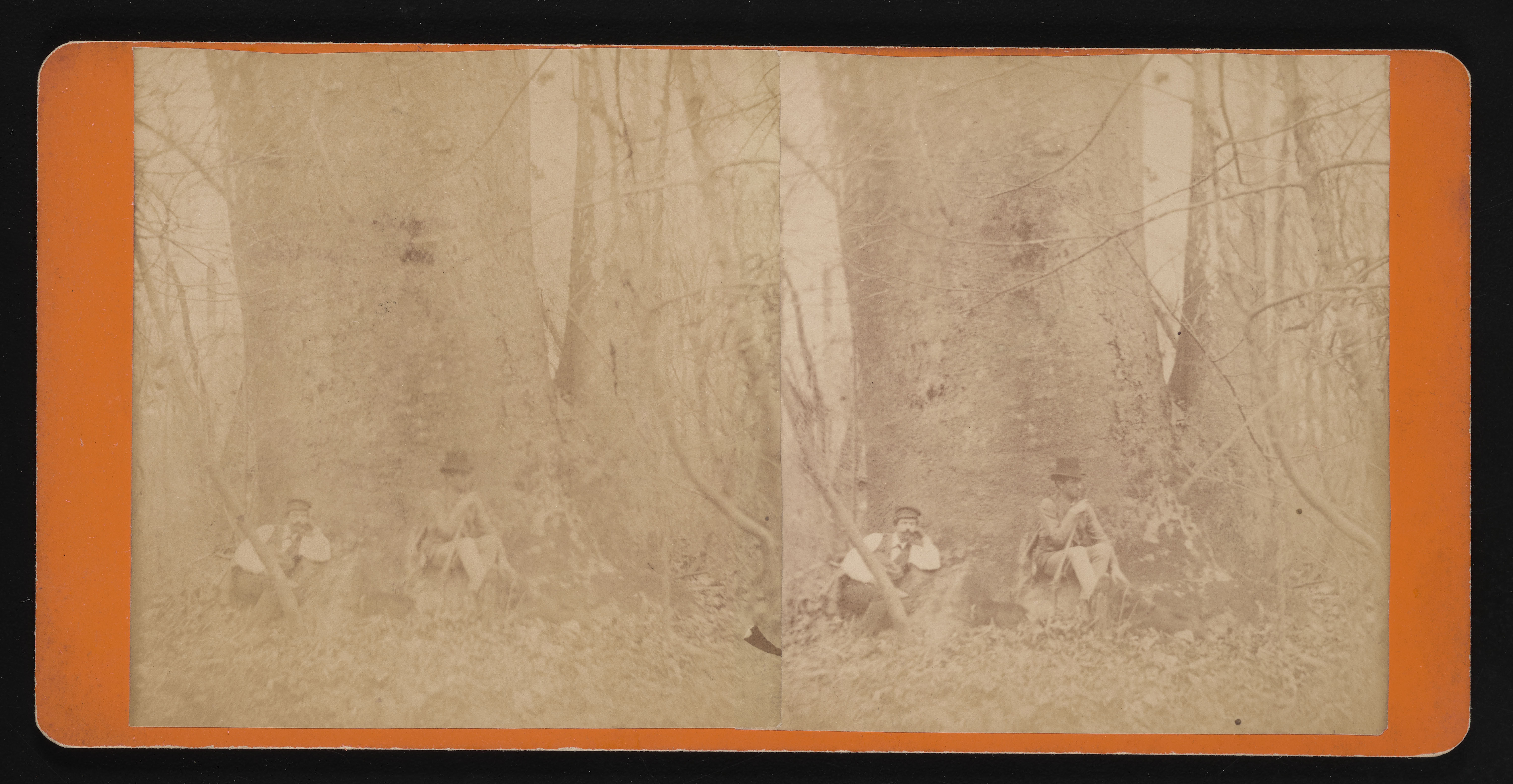Results for "Smithsonian Institution. Assistant Secretary for Research. Research Policy Committee"

Collection Highlights: New Additions to the Archives Website
- Date: January 12, 2021
- Description: See new collection highlights posted to the Smithsonian Institution Archives website.
Telegraphs, Controversy, and the Board of Regents
- Date: December 11, 2014
- Description: Board of Regents minutes might not sound exciting, but they have plenty of drama: including mudslinging over the telegraph’s invention.
- Blog Post
19th-Century Marine Life’s Role in the 21st Century
- Date: January 25, 2011
- Creator: Lynda Schmitz Fuhrig
- Description: Access the official records of the Smithsonian Institution and learn about its history, key events, people, and research.

Deconstructing a “Man’s World” One Woman at a Time
- Date: August 2, 2018
- Description: Ellen Roney Hughes’ supposition in 1999 was “Well, I think it’s still a man’s world at the Smithsonian.” This may hold some validity due to recent discoveries at the Smithsonian.

Hot Topix in Archival Research, Summer 2022
- Date: July 21, 2022
- Description: We're highlighting a few topics explored by Smithsonian Institution Archives researchers this summer.

The World is Yours: Smithsonian on the Radio
- Date: June 8, 2017
- Creator: Jennifer Wright
- Description: The Smithsonian's "The World is Yours" series was one of the most successful educational radio programs of of the 1930s.

Robert Ridgway: Seeing the Forest Through the Trees
- Date: April 30, 2021
- Creator: Marguerite Roby
- Description: Robert Ridgway, known primarily for his extensive contributions to ornithology and as curator of birds for the United States National Museum, was also a keen observer of the changing landscape in areas where he conducted his detailed studies.

Science Service, Up Close: Patent Parades, Silk Purses, and Snake Bite Remedies
- Date: March 30, 2017
- Creator: Marcel Chotkowski LaFollette
- Description: Everyone loves a parade – especially one followed by a banquet. When scientists and politicians met in Washington, D.C., on November 23, 1936, to celebrate the centennial of the U.S. patent system, they listened first to a conventional program of speeches. Then, in the afternoon, Science Service director Watson Davis arranged something different: a “Research Parade” featuring
- Blog Post
Records and Information Management Month: The Librarian
- Date: April 28, 2010
- Creator: Jennifer Wright
- Description: A clause in the last will and testament of English scientist James Smithson eventually led to his estate being left to the United States "to found at Washington, under the name of the Smithsonian Institution, an establishment for the increase and diffusion of knowledge among men.” There was much debate as to what constituted such an establishment, but many of the proposals

Goodbye, 2020: Working Through a Different Kind of Year
- Date: December 31, 2020
- Creator: Emily Niekrasz
- Description: Despite so many setbacks this year, Archives staff has continued to serve our researchers.
- Blog Post
Ready-made Home for a Scimitar Horned Oryx and Przewalski’s Horse
- Date: June 25, 2015
- Creator: Pamela M. Henson
- Description: When Dr. Ted Reed became director of the National Zoological Park in 1959, he committed himself to carrying out the zoo’s complete set of mandates that included research, education, and conservation of endangered species. All these came together in a new non-public facility, the Smithsonian Conservation Biology Institute, founded in 1975 in Front Royal, Virginia.
- Blog Post
The National Park that Never Was
- Date: August 25, 2016
- Creator: William Bennett
- Description: This month marks the centennial of the National Park Service—learn about one that was planned but never built.
